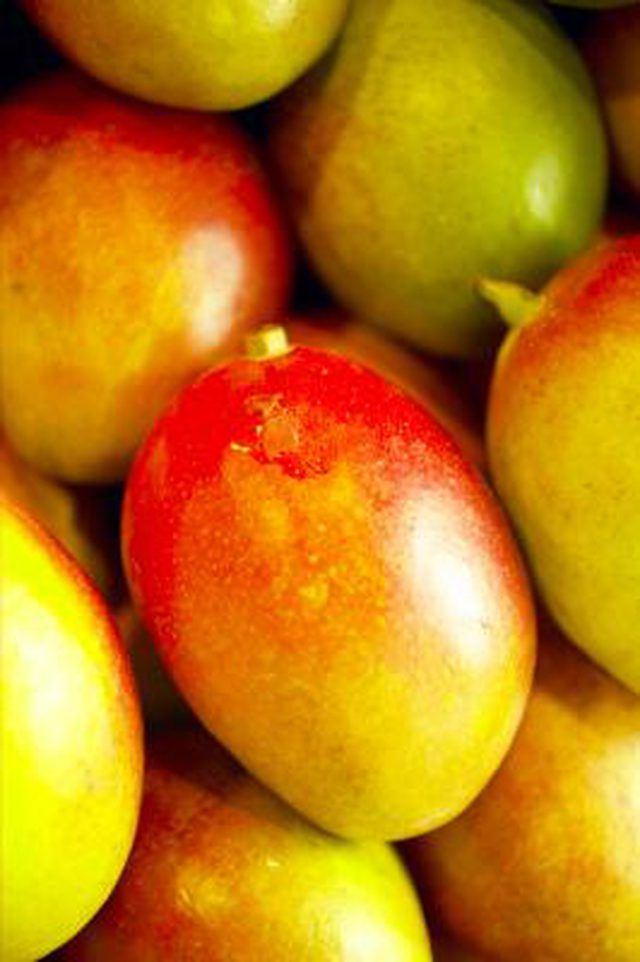Bulbs
Flower Basics
Flower Beds & Specialty Gardens
Flower Garden
Garden Furniture
Garden Gnomes
Garden Seeds
Garden Sheds
Garden Statues
Garden Tools & Supplies
Gardening Basics
Green & Organic
Groundcovers & Vines
Growing Annuals
Growing Basil
Growing Beans
Growing Berries
Growing Blueberries
Growing Cactus
Growing Corn
Growing Cotton
Growing Edibles
Growing Flowers
Growing Garlic
Growing Grapes
Growing Grass
Growing Herbs
Growing Jasmine
Growing Mint
Growing Mushrooms
Orchids
Growing Peanuts
Growing Perennials
Growing Plants
Growing Rosemary
Growing Roses
Growing Strawberries
Growing Sunflowers
Growing Thyme
Growing Tomatoes
Growing Tulips
Growing Vegetables
Herb Basics
Herb Garden
Indoor Growing
Landscaping Basics
Landscaping Patios
Landscaping Plants
Landscaping Shrubs
Landscaping Trees
Landscaping Walks & Pathways
Lawn Basics
Lawn Maintenance
Lawn Mowers
Lawn Ornaments
Lawn Planting
Lawn Tools
Outdoor Growing
Overall Landscape Planning
Pests, Weeds & Problems
Plant Basics
Rock Garden
Rose Garden
Shrubs
Soil
Specialty Gardens
Trees
Vegetable Garden
Yard Maintenance
How to Grow a Mango Tree Faster
How to Grow a Mango Tree Faster. Mangos are a sweet, juicy tropical fruit that typically become ripe in summer. The bad news is, you must live in a tropical or subtropical climate zone for this tree to prosper. The good news is that if you do live in the tropics, many varieties of this fruit tree exist and are relatively easy to grow. Grafted trees...

Mangos are a sweet, juicy tropical fruit that typically become ripe in summer. The bad news is, you must live in a tropical or subtropical climate zone for this tree to prosper. The good news is that if you do live in the tropics, many varieties of this fruit tree exist and are relatively easy to grow. Grafted trees grow and produce faster than trees you grow from seed; thus, if you start right, you will be enjoying your own homegrown mangos within two to four years.
Things You'll Need
Grafted mango tree
Compost
Shovel
Fertilizer
Grow your grafted mango tree under the most conducive environmental conditions. Trees must have full sun and fertile soil. Add organic compost to the planting area at the ratio of 1 part compost to 4 parts soil.
Water new trees two or three times the first week, flooding the area surrounding the trunk. During the following few weeks, water your tree once or twice a week. Pull weeds around your tree and keep them pulled. Mulching with organic materials such as compost will help you keep weeds away.
Fertilize your tree after new growth begins, giving it a high nitrogen plant food monthly until fall. Increase the amount of fertilizer as the tree grows larger.
Feed your tree a lower-nitrogen plant food or blossom booster in the spring before it begins to flower. This will encourage flowering and fruiting. Refer to product instructions for correct application.
Tips & Warnings
If you fertilize with a plant food such as ammonium sulfate, which has an N-P-K ratio of 21-0-0, sprinkle ? cup on the soil surrounding the trunk during the tree’s first year, then increase this dosage to 1 cup per month during its second year and 2 cups the third year.
Young mango trees can grow over 6 feet during their first year. As they grow older, the growth rate will be slower.
Blossom booster plant foods sometimes contain little or no nitrogen. It is acceptable to give your tree one feeding of this type of fertilizer in spring; however, it needs nitrogen to continue producing green, healthy foliage.